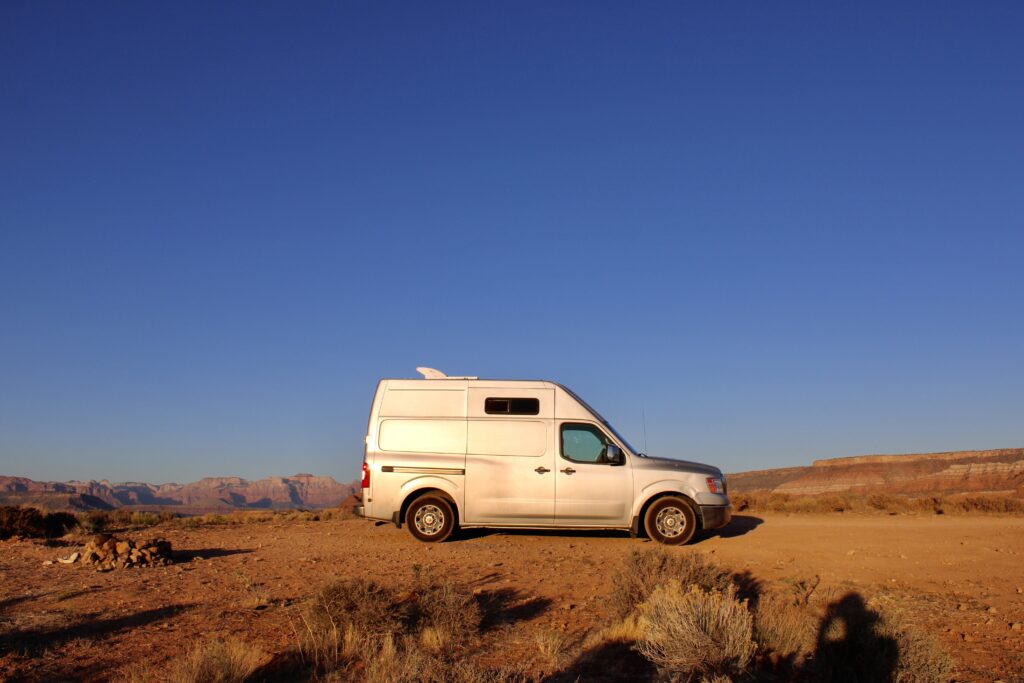
One of the best parts of doing a DIY van build is having the opportunity to do whatever you want with it. You’re not buying a prebuilt camper – you’re converting it to look and be uniquely yours. You have the ultimate freedom to choose how to go forward with your conversion, and nothing you do can be considered “wrong” since it’s just your own way.
However, that also makes it hard to decide on one build idea and stick with it. There are so many creative ideas out there that it can be hard to settle on one for your own build. When I first built out my Nissan NV 2500 for van life, I was very confident about the build choices that I made.
After a few months on the road, I realized there were a few things I actually didn’t like about it! Here are 3 things that I’d change about my DIY van build layout.
1. The stationary bed frame
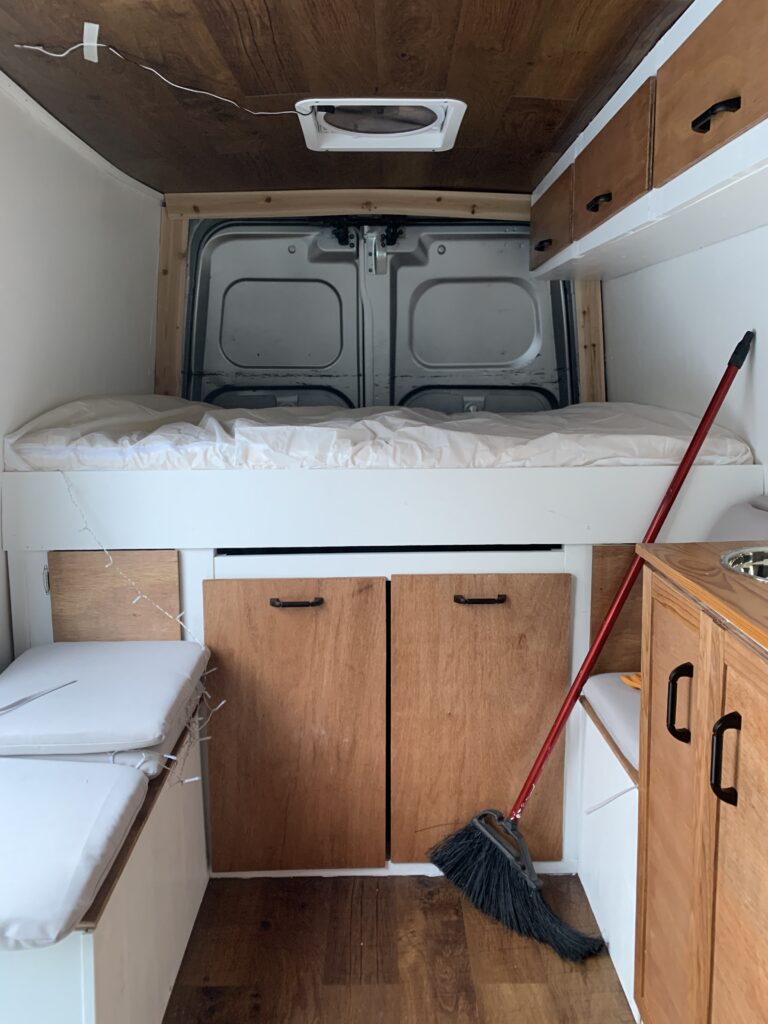
I originally went with a stationary bed because I liked the look of it and wanted a lot of storage space. However, I quickly realized that it seemed to come with a few issues.
The stationary bed took up a lot of living space and made my van feel cramped, especially since my van is on the shorter side. I only had about 25 square feet of walking space. Plus I shared the space with my significant other.
We often felt like we were on top of one another, which inevitably caused some tension. It was worse when we were in city areas and didn’t have access to campsites where we could set up outside.
I originally didn’t want a convertible bed layout because I didn’t like the thought of having to convert my bed. However, I realized the extra space would be completely worth it for me. It would give me a lot more walking and living room and make the space feel bigger. If I got rid of what I didn’t need, bench storage wouldn’t be an issue. Alternatively, a rooftop cargo carrier could be used for storage.
2. The number of windows
Before I started van life on the road, I thought that limited windows would help keep my van private.
Because I knew I would be traveling to new places and sleeping in some sketchy parking lots, I wanted to avoid windows as a safety precaution. So, I only installed one sliding window in my van conversion on the side door.
I quickly changed my mind about this decision. Van windows are extremely easy to cover up with window covers or curtains that can give a great sense of privacy. I encountered tons of vans with a handful of windows that were covered to the point where I couldn’t even tell that anyone was inside!
The lack of natural light in my van can make inside days a little harder to get through. It made my living space start to feel dark and cramped. I hated this, especially knowing that a lack of natural light can decrease serotonin and energy levels.
More windows can open up the space and even add to the design and look of a van build. That being said, it can be a delicate balance between privacy, adequate light, and keeping the van cool in hot temperatures. Adding some windows to my DIY van build would be worth it for me.
3. The water tank size
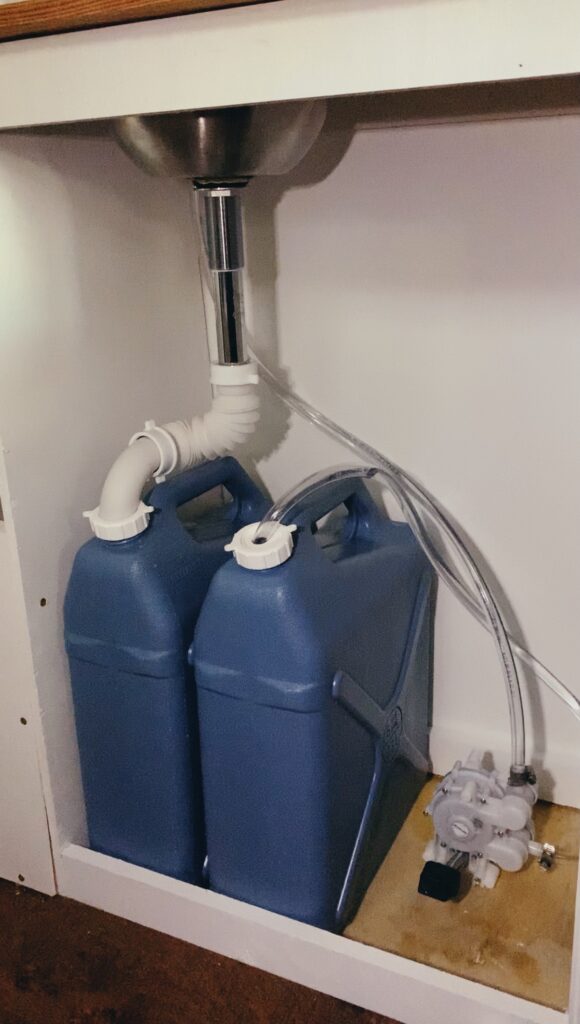
Currently, I have a foot-pump-style sink system in my van that pulls from a 6-gallon water tank under my counter. This has helped me conserve my water a lot and works well with my van’s limited solar power. However, it also means that I have to find dumping stations very often to dump my gray water and fill up on freshwater.
While the act of dumping 6 gallons really isn’t a huge chore, it still adds to my laundry list of things that take time out of my day. A lot of dumping stations also charge for usage. It’s unfortunate to have to pay full price to only dump a few gallons.
The water system can also limit the amount of time that I spend off-grid. I’d likely run out of water or need to dump my gray water after a pretty short period of time.
Some things are better learned by experience and my van build was like that for me!
If I were to do my DIY van build over again, these are the first 3 things that I would change. A bench-to-bed arrangement and more windows would really open up and lighten the space, making my interior feel less cramped and more comfortable. Larger water tanks would allow me a little more freedom to camp off-grid for longer and help me save a few bucks on dumping stations in the long run.
We all have our personal preferences and needs. The issues that I had with my DIY build might not be an issue to others. When planning your own van build, it’s important to think of your specific needs and what would work best for you.
And remember, it is your build – if you don’t like something, you can always change it!
Interested in doing your own van conversion but don’t know where to start? Check out Van Life Academy! This step-by-step course takes you from dreaming about van life to becoming a van lifer.
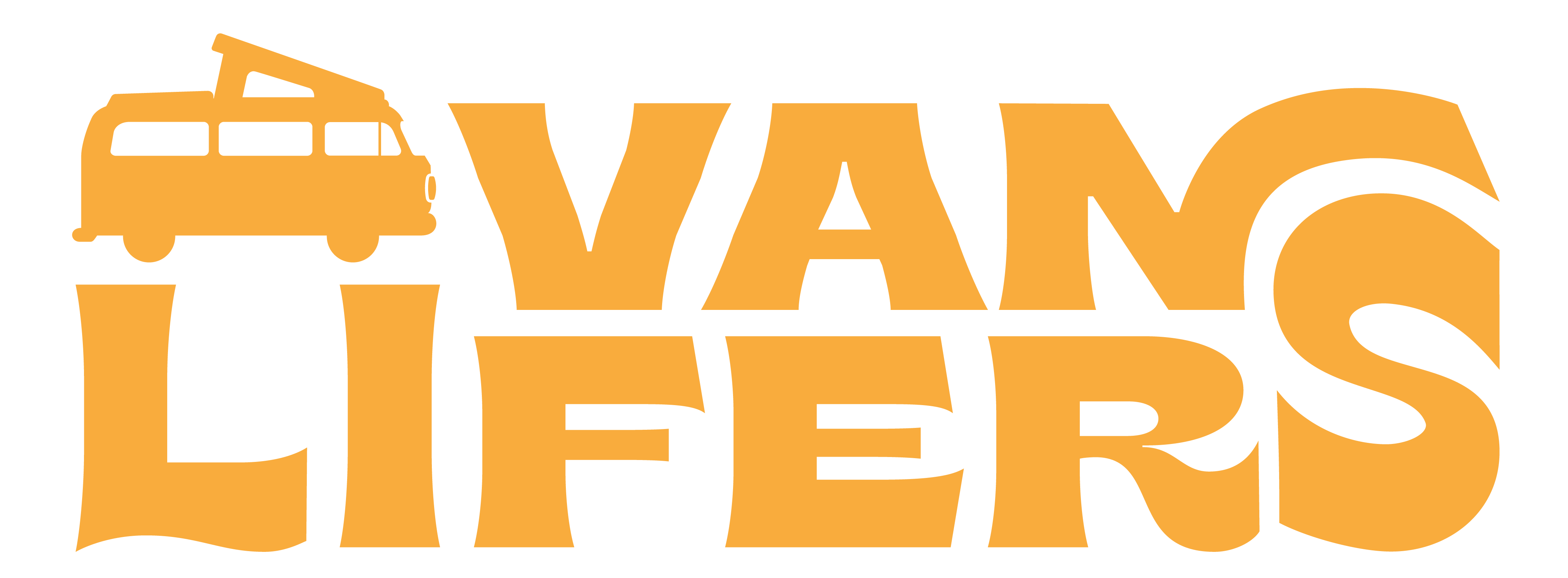
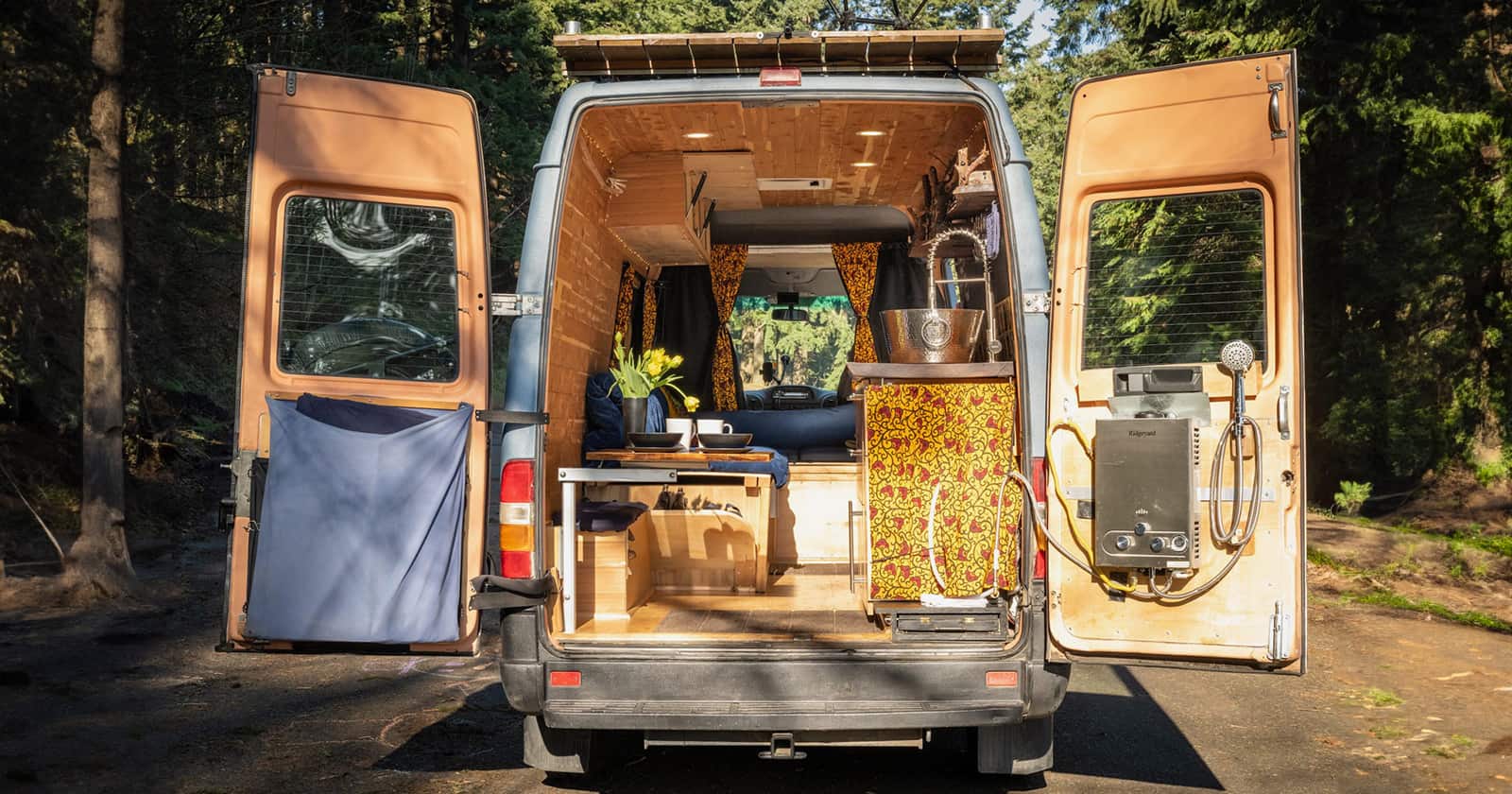
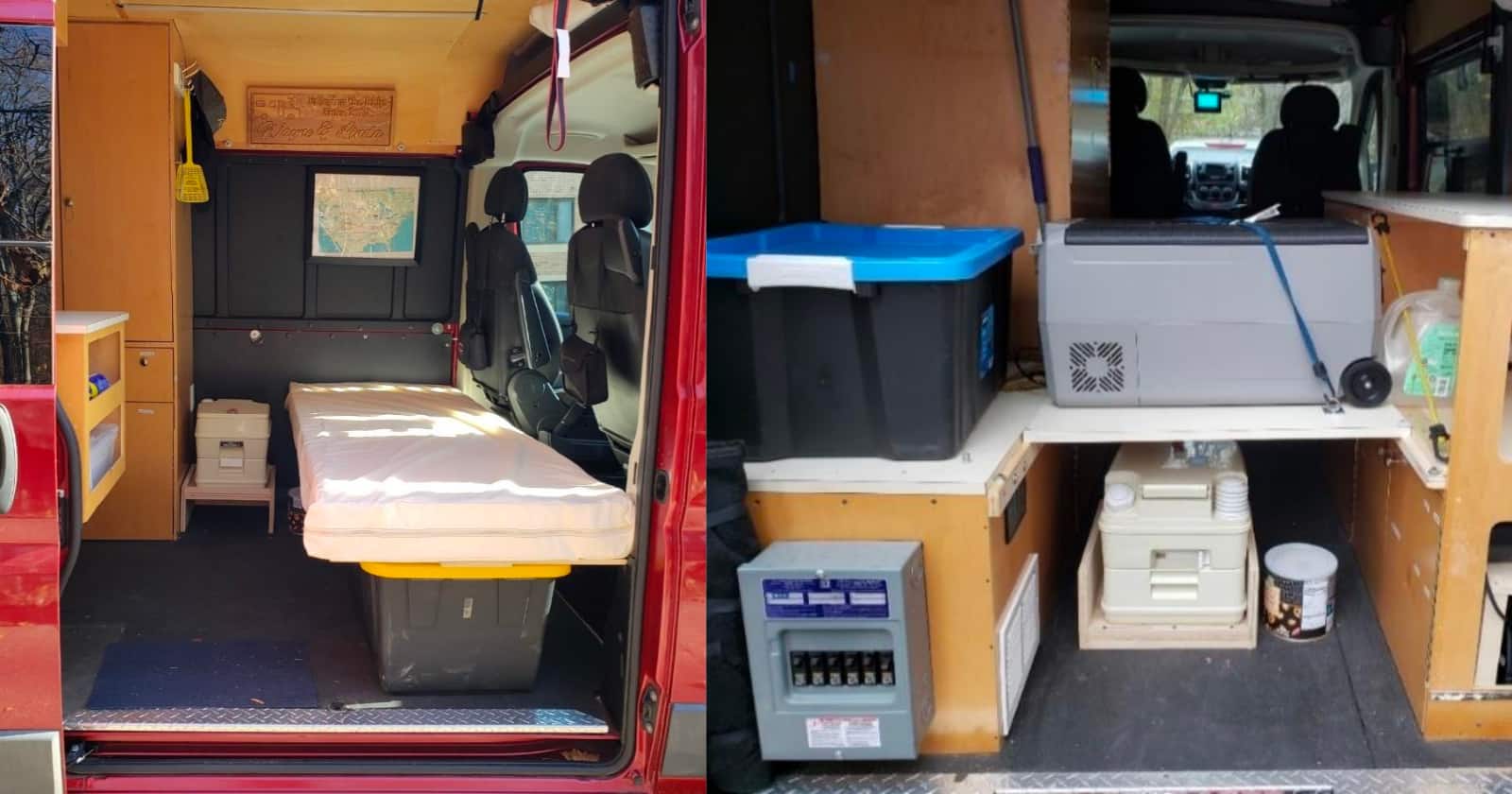
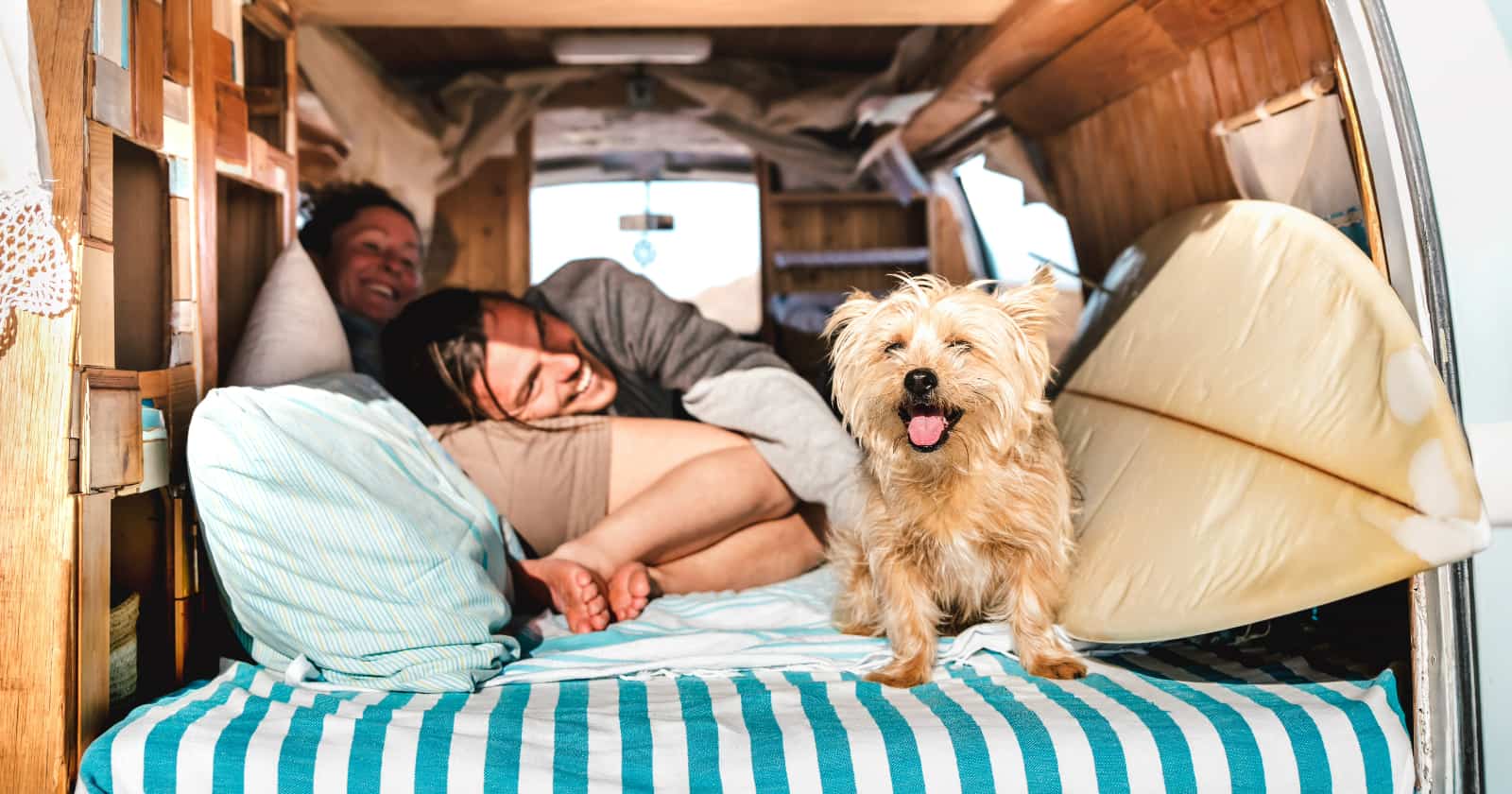
We dump gray water in public toilets. Fill gallon milk jugs from any faucet to add to clean water tank.
That’s a great tip!
2003, we acquired a 1996 Ford CF8000 commercial truck to convert to our concept of an ExpeditionVehicle.
.
Our interior is 7×12, perfect for three RedHeelers and two adults (plus a frequent yummy third!).
We boondock exclusively… nearly two decades full-time live-aboard without any time in an organized campground or RecreationVehicle resort.
.
Windows:
We use two 3612 (a foot tall by three feet wide) dual-pane sliders for a stand-still house.
I mounted them on opposite walls at our eye-level standing inside, about eight feet above pavement.
High windows give a simulation of sunlight, reduce ceiling shadows… and discourage peepers.
.
Water:
We use stainless-steel five-gallon retired Pepsi kegs.
Advantages:
* modular — take our usual seven (35-gallons), or add a dozen
* isolation — if one gets stanky, we use the others to clean it
* portable — move one to the picnic-table or campfire
* separable — a couple-three go to town to re-fill while using the others in camp.
And we can loan one to a camp-chum.
A quick puff from a bicycle-tire pump, and water flows through a sink-sprayer for a stand-still house kitchen.
.
We shower using a three-gallon ‘Torpedo’ version of a Pepsi keg.
We heat water using a ‘sous vide’ circulation heater kitchen cooker.
Three gallons is perfect for a shower and shampoo.
.
Cooking:
Instead of a permanent galley, we use induction hot-plates.
We can move one or more to a picnic-table.
Done, they store in their cubbies.
.
Bed:
Our bed is permanent.
We use the under for stacked flip-top translucent crates in place of drawers or doors.
.
2003, my Very Significant Other got sick.
We immediately crafted our RequirementsStatement on a brown-paper grocery-bag.
Within a week of diagnosis — while selling everything — we completed our conversion and hit the road from Oregon with the vague goal of ‘south!’.
Twenty-four months twenty-four thousand miles around South America.
Alaska, Panama, multiple tours all over north and central America.
.
Summers up rough logger tracks to remote mountain lakes.
Winters on isolated Baja beaches.
.
We occasionally house-sit, and are always amazed at closed-off bedrooms filled with piles of junk.
The equivalent of a mini-storage with a mortgage?
.
How do we thrive in our tiny space?
We live outside, we cook outside, we shower outside, we potlatch with our caravan-chums outside.